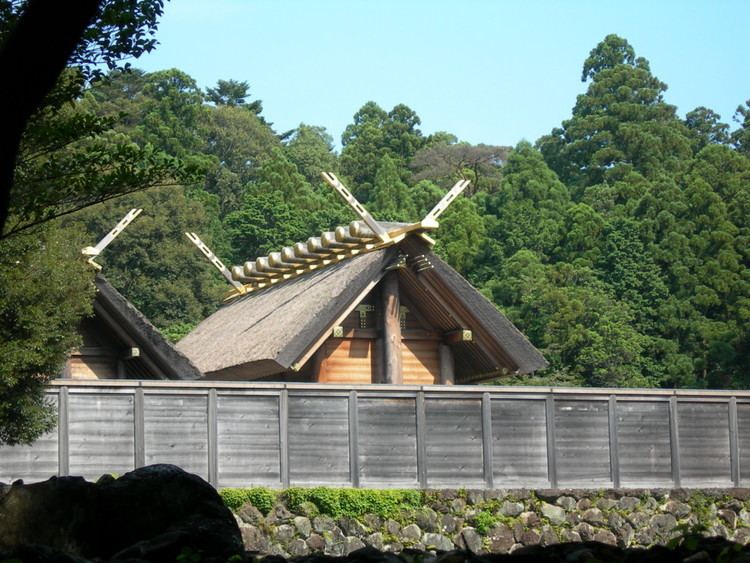645–650 Taika 686–686 Shuchō 704–708 Keiun | 650–654 Hakuchi 701–704 Taihō 708–715 Wadō | |
 | ||
Jōwa (承和) was a Japanese era name (年号, nengō, "year name") after Tenchō and before Kashō. This period spanned the years from January 834 through July 848. The reigning emperors were Junna-tennō (淳和天皇) and Ninmyō-tennō (仁明天皇).
Contents
Change of era
Events of the Jōwa era
By the Jōwa era, the formality of male promotions (Dansei jōi) were announced by the seventh day of each new year, while those for women (Onna jōi) were announced on the eighth day.
References
Jōwa (Heian period) Wikipedia(Text) CC BY-SA
